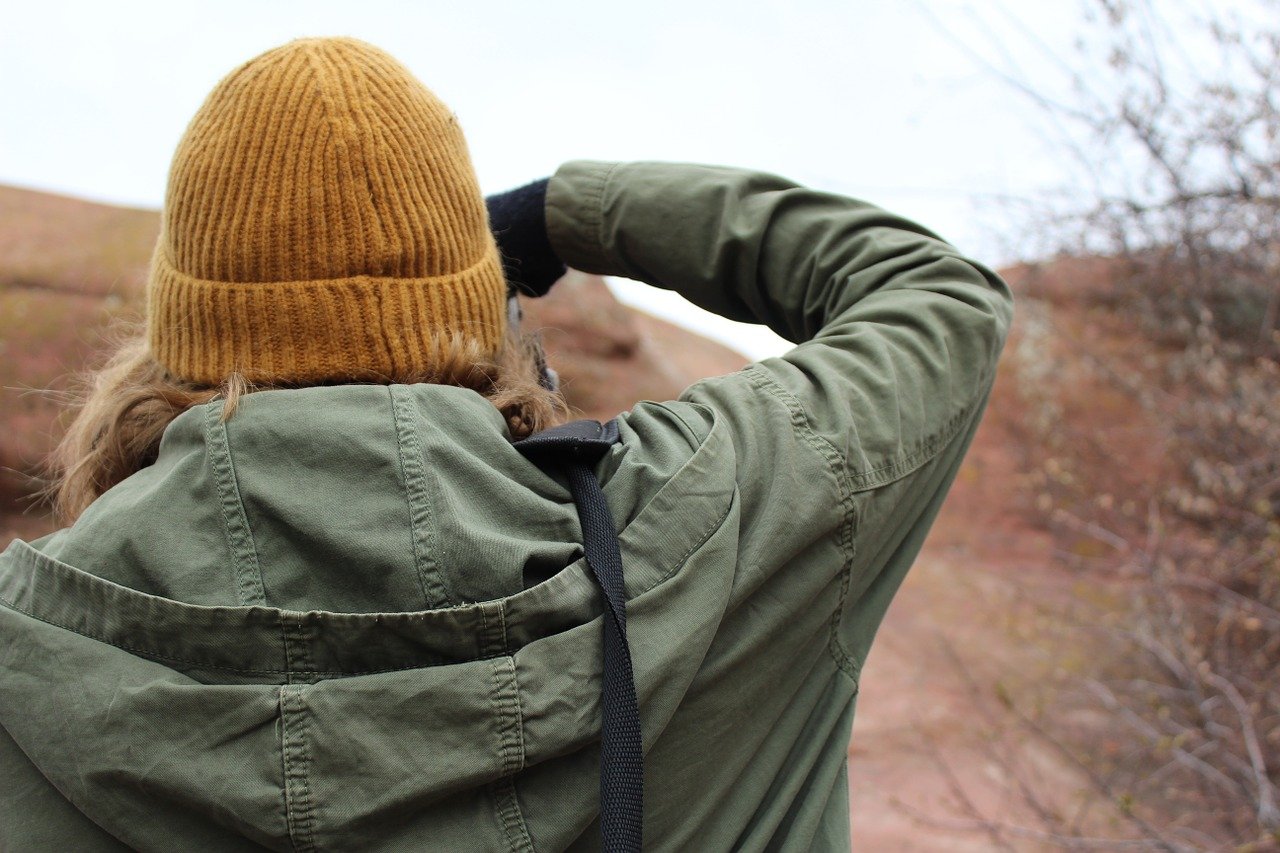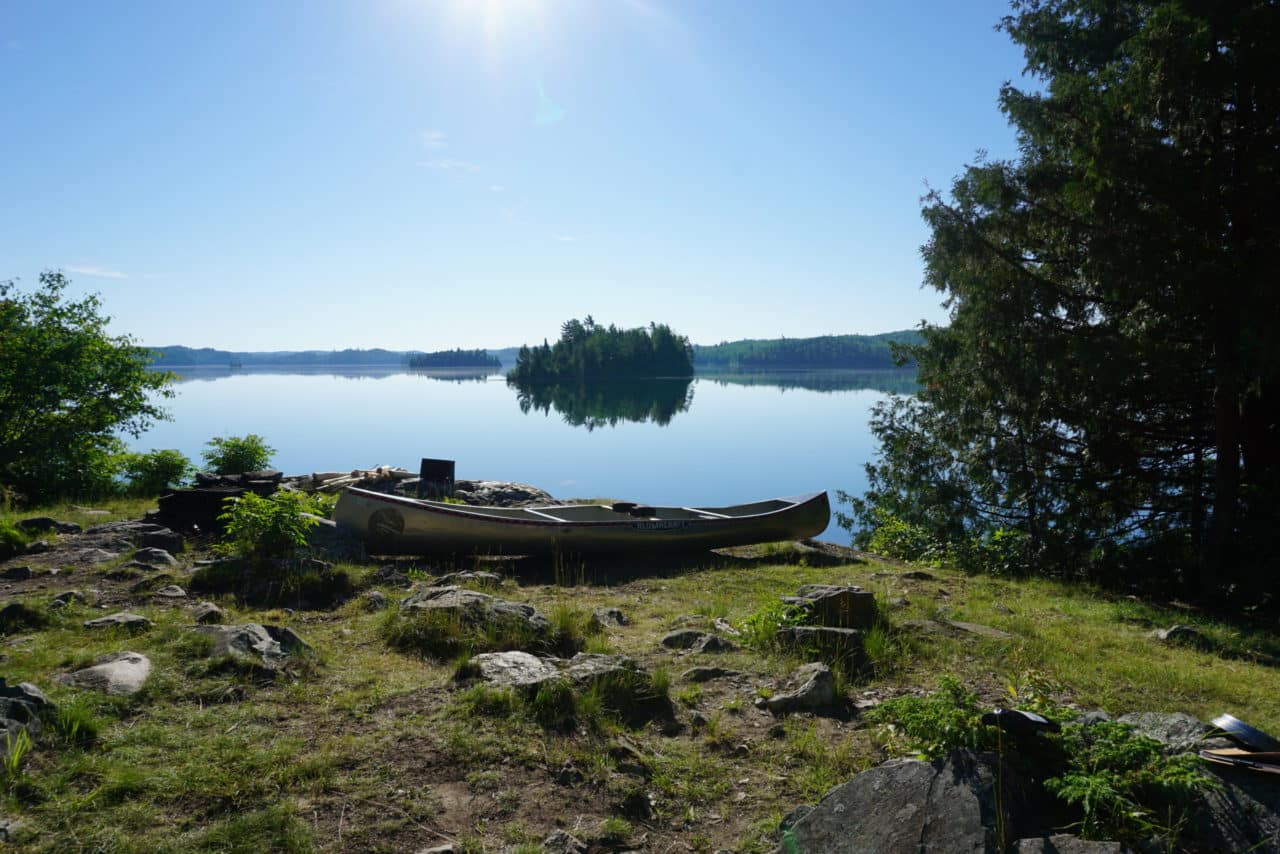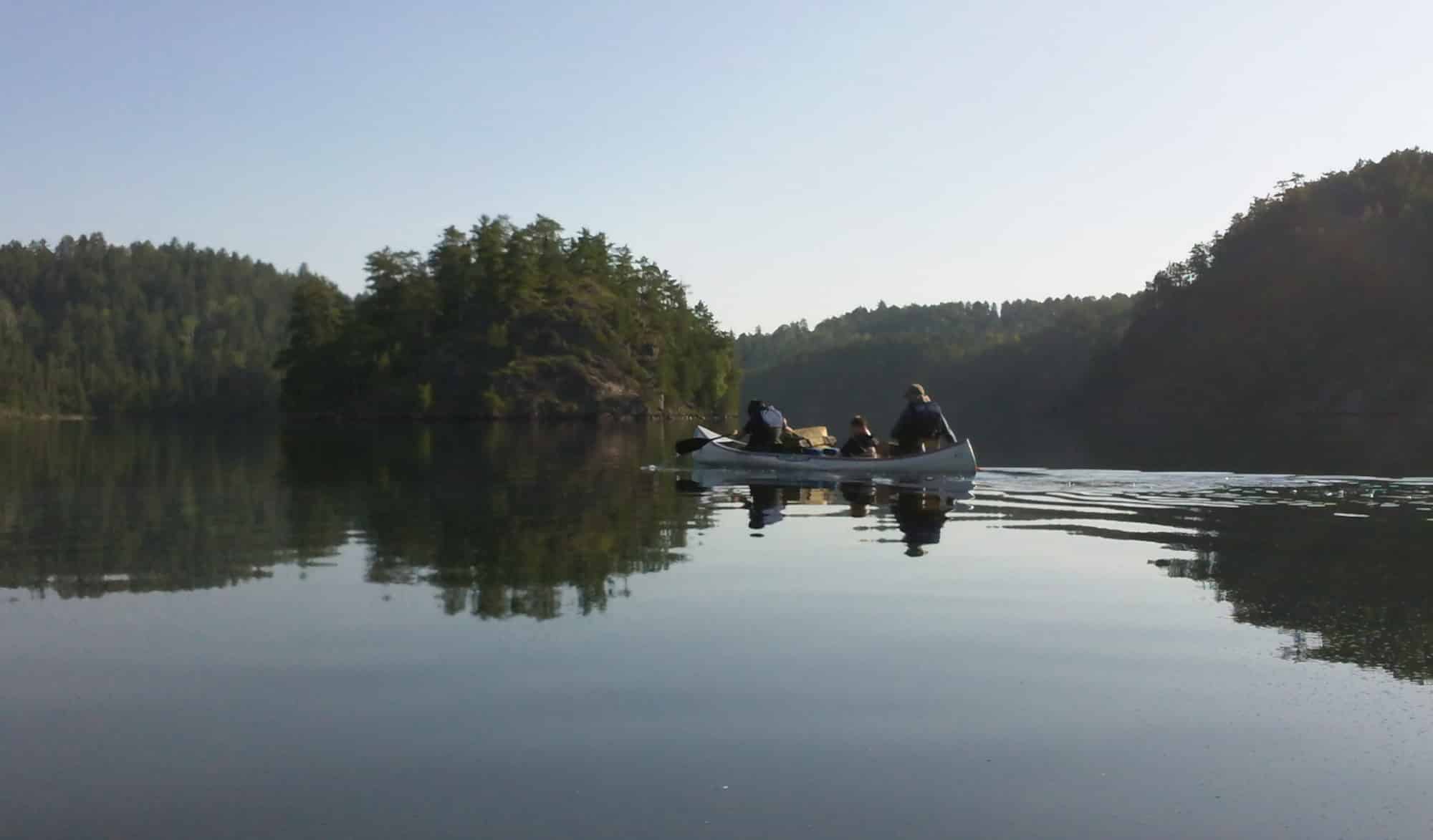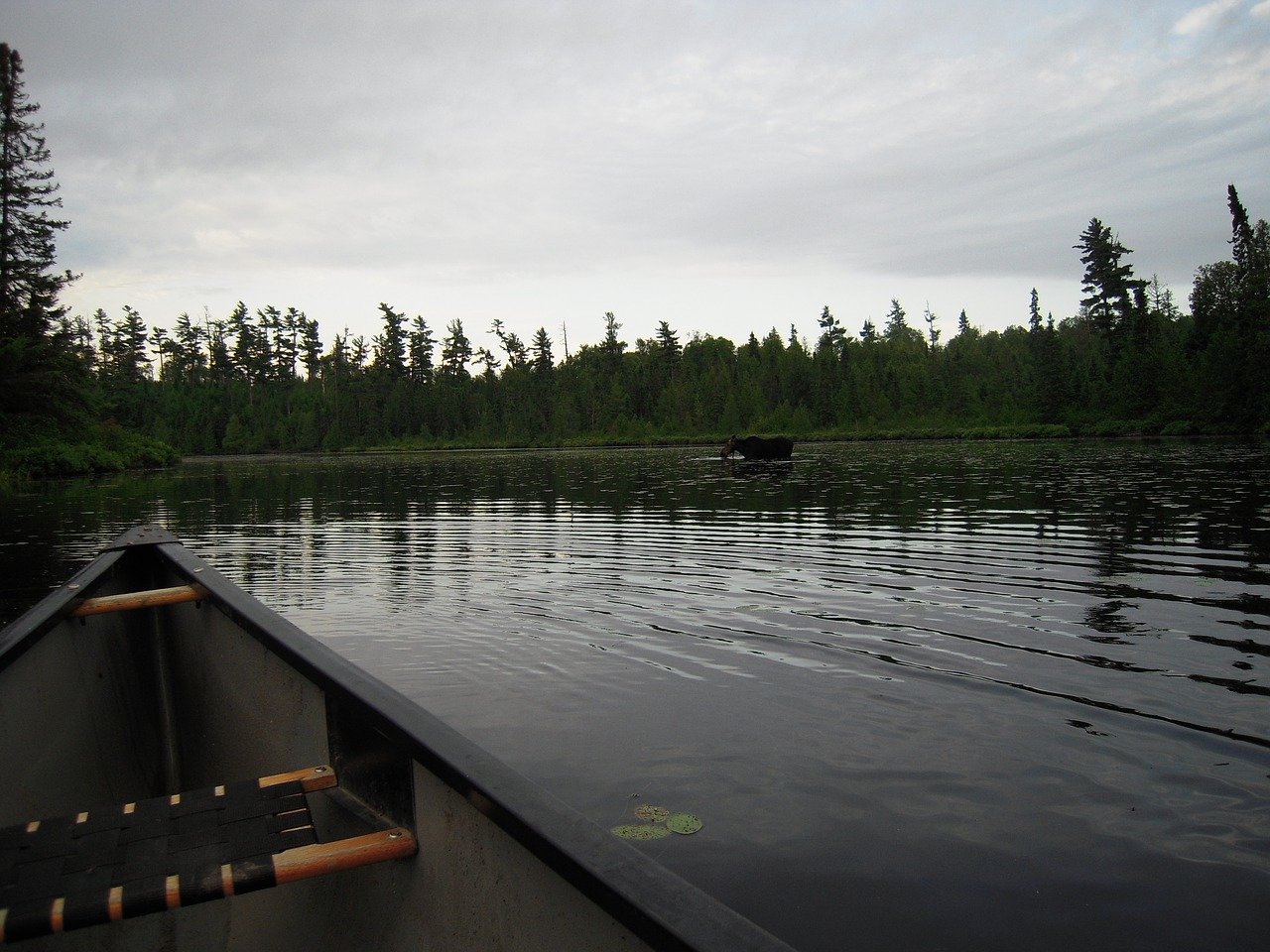For years I did backcountry canoeing in the Boundary Waters. Its beauty was always difficult to capture in its completeness. Almost every year, I brought a different kind of wilderness outdoor camera, and every year, I got different results. I brought the types of cameras with me, including two kinds of waterproof point and shoot, a waterproof smartphone, a DSLR with a telephoto lens (definitely not waterproof), and a GoPro. I was using the cameras primarily in the BWCA<(Boundary Waters Canoe Area), the Quetico, the Crown Lands of Ontario, and the Atikaki in Manitoba. From each method, there were pros and cons. Hopefully, some of the methods I used will add clarity to whatever you choose a wilderness outdoor camera to bring.
Pro’s and Con’s To Consider In Outdoor Camera Types
I’ve used various types of camera gear throughout the years as a backcountry guide. It’s good to experiment and try new gear. Here is what I found with each camera type.
#1 Waterproof Point and Shoot
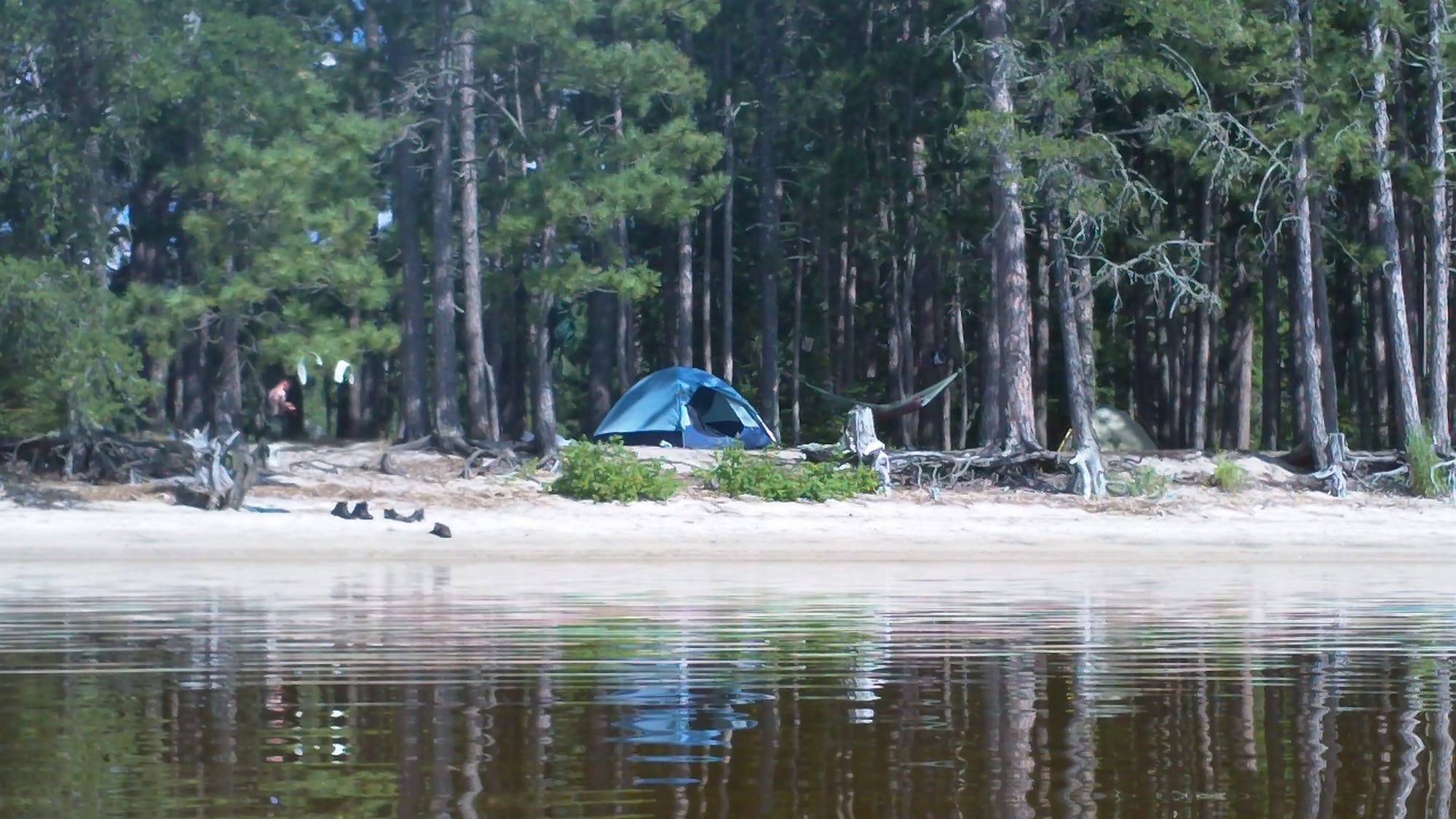
Pro: Definitely on the cheaper side of the spectrum. I started using point-and-shoot cameras for the first few years of guiding. They are generally pretty durable. I have had one go tumbling down a steep face of granite into the lake and was recoverable with no damage of concern—decent photo and video. These will do fine if you are using them just for your own viewing or a photo book.
Con: I would expect some photos to be out of focus and blurry and not capture some of the colors just right. Not usually good enough quality for production or prints. I have gotten condensation behind the protective lens before, and it’s a pain to make it go away. A few hours in the sun may do the trick, but the thing is out of commission until then.
#2 Waterproof Smartphone
Pro: This was very convenient, as the phone itself was waterproof. There are lots of products that offer waterproof protection for your phone. I would recommend getting something that you could attach to something like a lanyard or C clip (carabiner). Cameras on smartphones have gotten way better in recent years, impressively so. They also upload pictures to the web with more ease than any other option.
Con: If you lose this in the water or drop it and break your screen, you lose more than just your camera. Generally, unless you have a great battery, you will likely need a charger. A battery bank or a solar charger will do the trick, but that is the extra gear you will need to consider.
#3 Digital Single-lens Reflex Camera, DSLR

Pro: Excellent pictures, hands down the best photo quality. You can control everything if you know-how and help get the perfect shot. Zoom is almost always better than with any other camera if you have a telephoto lens in your camera back.
Con: They are usually heavy and bulky. You will probably want a waterproof hard case to lug it around with. When trying to grab candid shots or need quick access to it, it is not usually readily available. Lots of pieces that are easy to fumble around with, particularly if you are in a canoe.
#4 Go Pro

Pro: I have a Go Pro Hero 7 and holey cow; talk about video quality. This thing takes amazing video and has great stabilization features. Because of how good the jump in quality was, I wouldn’t buy any less than a 7. It also gives voice commands to you to take photos and videos hands-free. I mounted this thing with the bow of my canoe and got some cool time-lapse video that way. If I wanted to take a photo as it was mounted to the bow, all I needed to do is say, “GoPro take a photo.” The number of aftermarket features is crazy. You have lots of add ons you can get for this making it super convenient to find more stuff like batteries, tripods, chest mounts, and covers. Did I mention this thing is waterproof?
Con: You have almost no control over pictures and is basically a point-and-shoot, generally not disappointed with the photos I have. If you use the voice command feature, you may end up with a dead battery and a full SD card with a 4K video of your pocket’s inside (experience talking here). The battery gets sucked dry fast. You will need at least a couple of spares, and you are making an extended trip, you will need a way to charge the spares. I made an 8day trip and needed to charge all 4 batteries that I had twice. You will need to buy the biggest and fastest micro SD cards. Anything small and slow will quit on you if you try 4k features.
Conclusion For Wilderness Outdoor Camera
This is certainly not the be-all and end-all of the cameras; there’s plenty of content out there that focuses on product specs and whatnot. These are the methods I have tried after the last decade of backcountry travel. If you’re looking for some tips on catching snapshots of wildlife, check out the page on that. Also, I was hoping you could take a look at my list of shots you will want to have on a trip to the woods. Check out that page too!
